SBCC Activities Strengthen Impact of Mass Bed Net Distribution in Zamfara, Nigeria
- Group of men at a community dialogue session on LLIN use, care and repair at Dan Marki village, Maru LGA, Zamfara State
- Community dialogue with men and women at Fufori village, Bungudu LGA, Zamfara during a recent LLIN use campaign by PMI in the state
- A man reads through an information leaflet on LLIN use, care and repair at Dan Marki village, Maru LGA, Zamfara State
- A community volunteer educates people on LLIN use, care and repair at Fufori village, Bungudu LGA, Zamfara during a recent LLIN use campaign by PMI in the state
- Community volunteers educate a group of women on LLIN use, care and repair at Abare village in Anka LGA, Zamfara State
- Town announcer creates awareness on net use at Shiyar Naciki village, Ankar Local Government Area of Northwestern Nigeria State of Zamfara
- A community volunteer uses a job aid to discuss with a woman on LLIN use care and repair during a house to house visit at Tatu Mafara town, Tatau Mafara LGA, Zamfara State
- A community volunteer uses a job aid to discuss with women on LLIN use, care and repair during a house to house visit at Tsafe town, Tsafe LGA, Zamfara State
- A group of women at a compound meeting to discuss LLIN use, care and repair at Dan Marki village, Maru LGA, Zamfara State
Despite the fact that malaria is a preventable and treatable disease, it still claims the lives of over 300,000 Nigerians every year. In an effort to make Nigeria “malaria free,” the National Malaria Elimination Program (NMEP) has been hard at work to ensure that all residents have access to an effective means of protecting themselves and their loved ones against malaria. Earlier last year, the NMEP held a mass bed net replacement campaign that provided over two million long-lasting insecticide nets (LLINs) to residents of Zamfara state (northwest Nigeria) – conveniently reaching them via nearly 800 distribution points throughout the state. The campaign effectively reached Zamfara residents – a follow up survey found that 82% of households that received a net had hung it within 24 hours after the distribution.
However, studies show that simply owning a net – and knowing that it is an effective way to protect against malaria and kill infectious mosquitoes – is not enough to get those who have received nets in recent years to use them regularly. A 2013 survey shows that over half the nets in the country were not being used. With this issue in mind, the NMEP knew that more work was needed in order to ensure that the 87% from the previous campaign continued to keep their nets hung and use them every night. So, they partnered with the United States Presidential Malaria Initiative and the Health Communication Capacity Collaborative’s Nigeria team (HC3 Nigeria) to launch a comprehensive social and behavior change communication (SBCC) campaign that promoted both LLIN ownership and use. The Zamfara LLIN Use Campaign uses both community outreach and mass media approaches like household visits and compound discussions, town announcers, radio PSAs and media engagement to share malaria messages and promote bed net use.
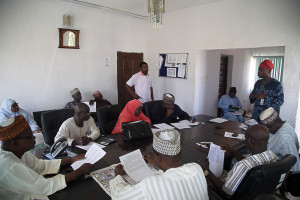
Zamfara’s State Malaria Elimination Committee in a planning meeting.
Anna McCartney-Melstad, HC3 Nigeria’s Chief of Party, attributes the success of the LLIN Use Campaign, in part, to strong buy-in and support from the Zamfara State Advocacy Communication and Social Mobilization (ACSM) core group. This group, a state-level sub-group of the larger national ACSM, is in charge of ensuring message framing, communication channels used, and strategic decisions supporting behavior change activities are adapted to their state’s unique context, and address the attitudes, beliefs, and social norms of its communities.
Another key to Zamfara’s success is the tireless work of community volunteers who travel from house-to-house (150,069 household visits were made, as well as 4,734 compound visits), ensuring net recipients know how to hang their nets and understand why nets are so important to their health. These visits have provided an invaluable opportunity to have personalized conversations about taking care of nets, repairing them when needed and sleeping under them regularly. In addition to house-to-house visits, community dialogues are also held. These dialogues usually take place within a community area of leader’s compound, and feature trained community volunteers facilitating structured conversations (see below). These visits reinforce messages families have heard on their state and local radio stations, without these reinforcing sources of information, many families might not know how to properly wash, repair and hang their nets – leaving them vulnerable to malaria.

Community volunteer facilitating a community dialogue to support the Zamfara LLIN distribution
While post-distributions household visits are relatively common among SBCC campaigns, HC3 Nigeria credits this campaign’s particularly strong results to the high standards of their community volunteer training and emphasis on quality messaging across channels. Before the campaign roll out, over 1,700 community volunteers were trained on how to properly hang nets, conduct household visits and complete monitoring forms. Community and mass media messages on airing, hanging-up, caring, repairing and sleeping inside LLINs were developed together to complement each other, using preexisting NMEP-approved materials, like the HC3 Nigeria job aids produced in Hausa. Using baseline research, HC3 has discovered that believe in the effectiveness of a net is strongly associated with use in Nigeria. This data also shows Nigerians are also heavily influenced by social norms. The Zamfara campaign sought to address these factors. By combining interpersonal and mass media approaches, HC3 Nigeria and local leadership are successfully saturating communities with accurate information about the importance of using and caring for bed nets.
Through its partnership with the NMEP, HC3 has motivated Zamfara residents to take ownership of their health and use their bed nets. Every resident who continues to hang and use his or her net is proof that the historical gap between net ownership and use can be reversed – by adding the crucial element of strategic and comprehensive SBCC.
Local involvement and support, both from state and local leadership as well as community organizers, is key to the continued success of this program – as state leaders are best placed to advise how best to navigate multiple levels of bureaucracy and traditional hierarchy, and local volunteers with long-standing rapport in their communities are important, trusted sources of information. HC3 Nigeria will soon be expanding the scope of their SBCC activities to new states, and looks forward to collaborating with new communities and partners in their fight to achieve a malaria free Nigeria.

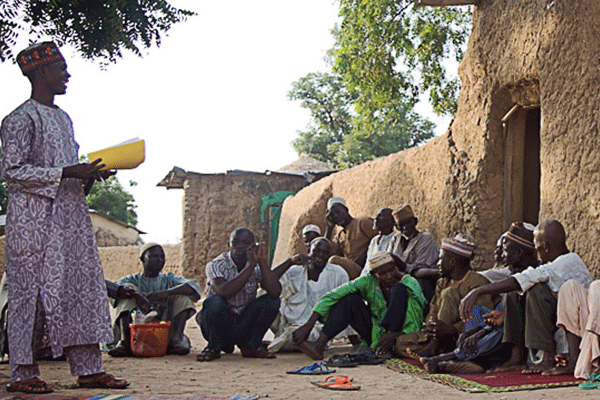
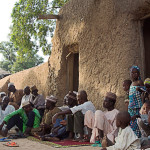
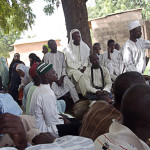
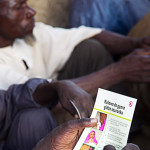
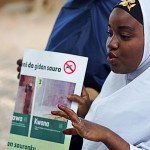
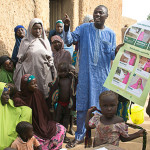

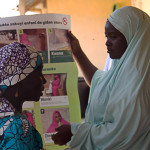
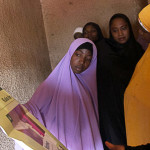





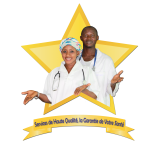

Leave a Reply
Want to join the discussion?Feel free to contribute!